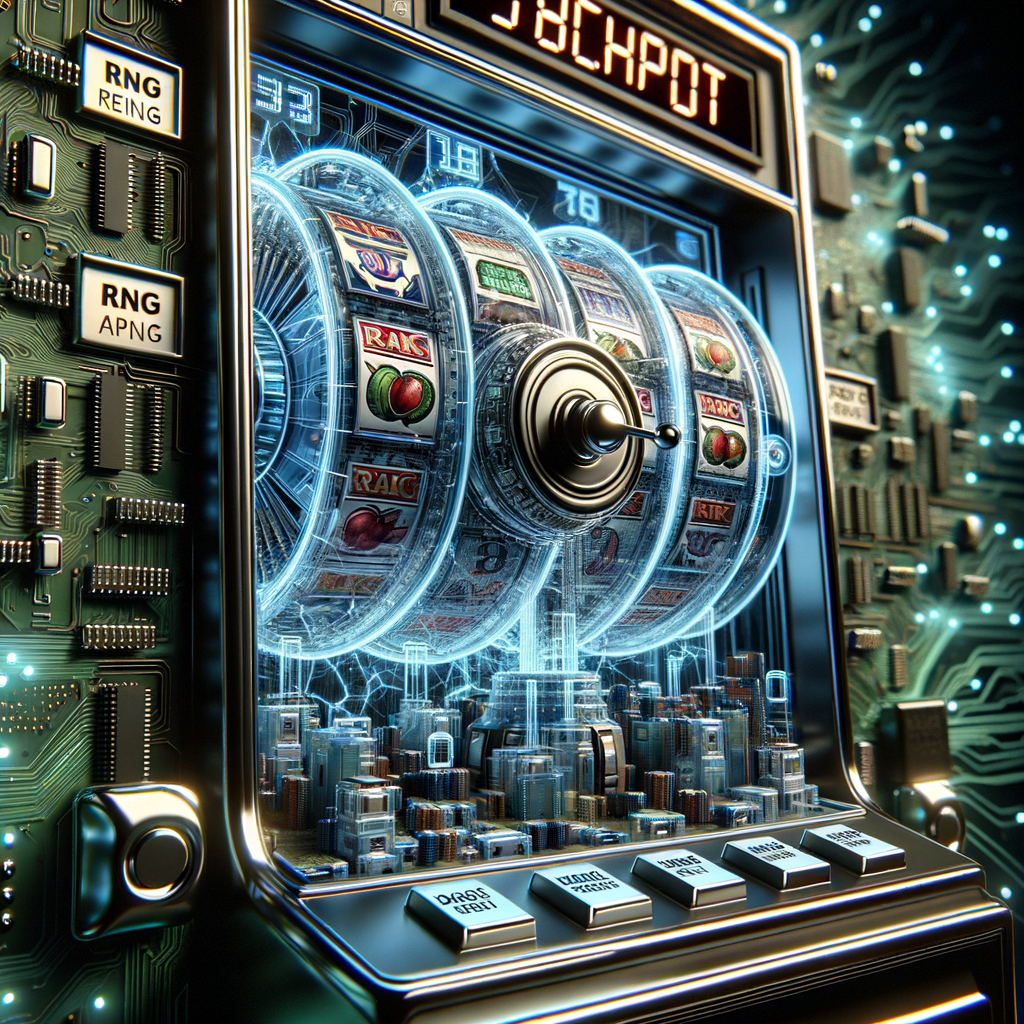Gambling is not just about luck; it is intricately designed around psychological principles. Casinos employ various techniques to encourage players to spend more time and money. By understanding these psychological tactics, players can better navigate the gambling environment and make informed decisions.
Understanding the Psychological Tactics of Casinos
Casinos leverage a deep understanding of human psychology to maximize their profits. They know that emotions play a significant role in decision-making, particularly under conditions of risk and uncertainty. One of the primary psychological tactics used is creating an environment that fosters excitement and anticipation. Through various sensory stimuli—lights, sounds, and even scents—casinos create an atmosphere where players feel enthusiastic about the potential rewards.
Another key tactic is the use of social influences. Many casinos use crowds and social settings to create a sense of community and belonging. People are naturally inclined to follow the behavior of others, and when they observe others winning, they are more likely to partake in gambling themselves. This phenomenon, known as social proof, significantly amplifies the likelihood of spending.
Moreover, the principle of loss aversion plays a critical role in gambling behavior. Players are often more motivated to avoid losses than to achieve gains. Casinos exploit this by designing games and experiences that keep players just close enough to winning to encourage them to continue playing, even when they are losing money.
Finally, the unpredictability of gambling outcomes adds to the psychological allure. The uncertainty associated with games of chance can create a thrill that many find irresistible. This unpredictability encourages players to keep trying their luck, leading to increased spending.
The Role of Environment in Gambling Behavior
The layout of a casino is meticulously planned to enhance the gambling experience and encourage spending. For instance, games are often strategically placed near each other to keep players engaged and to stimulate their interest. High-traffic areas typically feature bright lights and loud sounds, which attract players and create an atmosphere of excitement. Every element of the physical environment is designed to maximize player retention and spending.
Casinos also limit natural light and access to windows. This practice helps create a timeless environment where players lose track of time. Without clocks or external cues, people may spend longer in the casino than they intended, leading to increased gambling and spending.
Comfort is another critical factor. Many casinos provide plush seating and complimentary drinks, making players feel at ease. This atmosphere encourages players to remain longer, leading to additional rounds of play and increased spending. The strategic provision of amenities creates a more inviting environment that players are reluctant to leave.
Furthermore, the concept of "gamification" is also employed in casino environments. Players often encounter loyalty programs that reward them for spending more, turning the experience into a game where they compete for rewards. This approach intertwines gameplay with spending, pushing players to invest more money for what they perceive as valuable rewards.
The Impact of Reward Systems on Player Spending
Reward systems in casinos are designed to create a sense of accomplishment and encourage continued play. Most casinos implement loyalty programs that track player spending and award points for every dollar wagered. These points can be redeemed for free play, meals, or hotel stays, creating an incentive for players to gamble more to accrue points.
These reward systems often incorporate tiered levels, where players ascend to higher levels based on their spending. This strategy plays into the psychology of achievement and competition, with players motivated to reach the next tier for more substantial rewards. The fear of losing the accumulated status can compel players to continue gambling even when they may not have planned to do so.
Additionally, immediate rewards such as free spins or bonus chips can create a reinforcement loop that encourages repeated gambling. These instant gratifications lead players to associate gambling with positive outcomes, making them more likely to return.
However, it’s important to note that while these reward systems can enhance the gambling experience, they can also lead to problematic gambling behaviors. The allure of rewards can make it difficult for players to stick to a budget, emphasizing the need for responsible gambling practices.
How Color and Sound Influence Casino Atmosphere
Casinos are designed with specific colors and sounds to evoke particular emotions that can influence gambling behavior. The use of bright colors, such as reds and golds, is prevalent in casinos, as these colors are associated with excitement, wealth, and energy. The strategic use of these colors helps create an inviting atmosphere that encourages players to engage in gambling activities.
Sound design also plays a critical role in the casino experience. The sounds of coins clinking, slot machines ringing, and upbeat music are carefully selected to create a stimulating environment. These auditory cues can elicit feelings of excitement and joy, reinforcing positive emotions associated with winning. In contrast, the absence of these sounds can feel dull and uninviting, prompting players to spend more to recreate that sensory experience.
Moreover, the use of ambient music can influence the pace of play. For instance, faster-paced music may encourage players to bet more quickly, while slower music can have the opposite effect. This manipulation of tempo can lead players to spend more time and money within the casino.
Finally, the subconscious impact of colors and sounds cannot be underestimated. Players may not consciously recognize these influences, yet they can significantly shape their gambling behavior. Understanding these elements can empower players to be more mindful of their spending habits in these alluring environments.
The Use of Near Wins to Encourage Continued Play
The concept of “near wins” is a powerful psychological tactic used by casinos to encourage continued play. Near wins occur when a player comes close to winning but ultimately does not. This phenomenon creates a sense of excitement and anticipation, leading players to believe that they are "just one more spin" away from a big payout.
Research has shown that near wins can activate the brain's reward systems, similar to actual wins. This activation reinforces the behavior of continued gambling, as players are motivated to chase that elusive win. The excitement of being so close to victory often overshadows rational decision-making, making it difficult for players to walk away.
Casinos often design games to maximize the occurrence of near wins. For example, slot machines may be programmed to display almost winning combinations more frequently, creating an illusion of increased chances of success. This tactic keeps players engaged and encourages them to spend more money in hopes of finally hitting the jackpot.
While the thrill of near wins can be enticing, it is vital for players to recognize this psychological manipulation. Being aware of how near wins affect decision-making can help individuals make more informed choices and mitigate the risks of excessive gambling.
Strategies for Responsible Gambling and Budgeting
Given the psychological tactics employed by casinos, responsible gambling is essential for maintaining control over one’s gaming behavior. One effective strategy is to set a budget before entering the casino. This budget should reflect what you can afford to lose, and it’s crucial to stick to it. By clearly defining your spending limits, you can avoid the pitfalls of impulsive gambling.
Another strategy is to establish a time limit for your gambling activities. Setting an alarm or timer can help you stay aware of how long you have been playing, reducing the likelihood of losing track of time in the casino’s stimulating environment. Regular breaks can also provide the opportunity to reassess your spending and emotional state.
Additionally, utilizing self-exclusion programs can be a helpful tool for those who find it challenging to maintain control. Many casinos and online gambling platforms offer self-exclusion options, allowing individuals to take a break from gambling for a specified period. This choice can help mitigate the risks of compulsive gambling behaviors.
Lastly, seeking support from friends or professional organizations can be beneficial for those struggling with gambling. Open conversations about gambling habits can foster a healthy perspective and provide resources for managing those habits effectively. Remember, gambling should be a form of entertainment, not a financial burden.
| Psychological Tactics | Description |
|---|---|
| Environment Design | Strategic layout, lighting, and amenities to enhance the gambling experience. |
| Social Influence | Use of crowds and social proof to encourage gambling behavior. |
| Reward Systems | Loyalty programs with tiered levels incentivizing continued play. |
| Sensory Manipulation | Use of colors and sounds to evoke emotions and influence spending. |
| Near Wins | Manipulation of near wins to keep players engaged and spending. |
Q&A Section
Q: Do all casinos use psychological tactics to encourage spending?
A: While not all casinos employ the same tactics, many utilize psychological principles to enhance the gambling experience and increase player spending.
Q: How can I protect myself from overspending at a casino?
A: Set a strict budget, establish time limits, and consider using self-exclusion programs if necessary.
Q: Are reward systems beneficial or harmful?
A: Reward systems can enhance the gambling experience, but they can also lead to problematic behaviors if not approached responsibly.
Q: What impact do near wins have on gambling behavior?
A: Near wins can create excitement and encourage continued play, making it crucial for players to recognize this tactic and maintain control.
Q: Can the casino atmosphere affect my gambling decisions?
A: Yes, the sensory environment—colors, sounds, and layout—can significantly influence emotions and decision-making during gambling.



